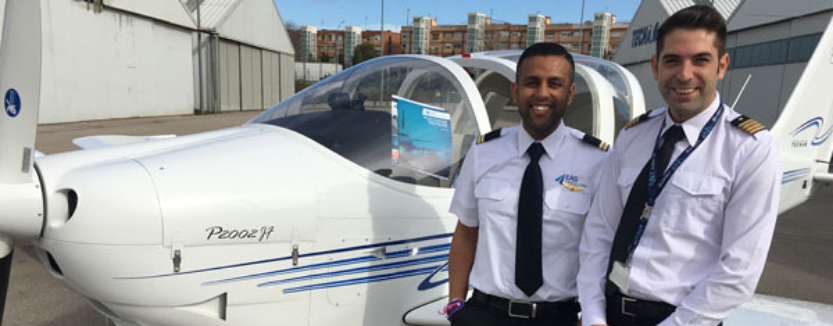According to Boeing Pilot & Technician Outlook of 2019, during the next 20 years, the demand of pilotsand workers of the sector will have an important increase to maintain the world fleet. Specifically, it is estimated that 804,000 new civil aviation pilots, 769,000 new maintenance technicians and 914,000 more cabin crew are required.
It is a respected forecast on the demand for industry personnel, which includes commercial aviation, business aviation and civil helicopters. This high requirement of demand in the coming years will be caused by the growth of the fleet, withdrawals of current workers and also the wear and tear of these.
Meeting this high demand will require a collective effort on the part of the entire global aviation industry. For this reason, educational programs will be essential to inspire and recruit for the next generation of staff during the next 10 years, once the current technicians of retirement age.
Another important factor in responding to this high demand is to adopt innovative training solutions, which allow optimal learning and knowledge retention: flexibility of schedules, adaptive learning, new teaching methods … In addition, the growing diversity and mobility of staff Aviation will also require instructors to have intercultural, intergenerational and multilingual skills to help respond to this sector problem.
This forecast has been calculated taking into account the growth of the fleet, the use of aircraft, the personnel attrition rates and the regional differences in the crew specific to the type of aircraft. From the obtaining of these data, it has been possible to estimate the number of pilots, technicians and cabin crew that are needed all over the world.
Pilots Outlook for the next 20 years:
Thanks to the historical data available, more and more evidence-based and competitive training programs are being adopted to change the way in which pilots are taught and evaluated. The objective of these programs is to ensure that pilots receive effective training on procedures to address the most common operational risks that may arise and that can be evaluated based on the skills and competencies that every pilot must possess. In this sense, EAS Barcelona has become a pioneer in the implementation of its ATPL Integrated course of training necessary to obtain the basic knowledge of performance-based navigation (PBN), and the Upset Prevention and Recovery Training (UPRT).
Over the next 30 years, the Asia-Pacific region is forecast to lead the global growth in driver demand with 266,000 new pilots, followed by North America, Europe, the Middle East, Latin America and Africa, the latter with the requirement of 29,000 new pilots.
Technician’s outlook for the next 20 years:
As new generation aircraft become more prominent in the global fleet, advances in aircraft technology drive the demand for a new set of skills, such as solving digital problems and repairing compounds.
At the same time, services have become the great fleet of aircraft of the older generations.
Mobile solutions and distance learning can complement traditional classroom instruction and allow students to continue their studies outside traditional classes led by an instructor. New technologies, such as augmented reality and mixed solutions, are also being tested as a way to improve student engagement, the quality of instruction and the retention of knowledge.
The need for maintenance personnel is greater in the Asia Pacific region, which will require 266,000 new technicians. Airlines in North America require about 193,000, followed by Europe, the Middle East, Latin America, Africa and Russia / Central Asia with the requirement of 25,000 new jobs.
Cabin crew Outlook for the next 20 years:
The cabin crew is essential to ensure the safety and comfort of passengers and can provide a level of service that allows the differentiation of the brand.
As airlines continue to refine business models and customize offers for specific segments of the market, the additional demand for cabin crew will result from improved aircraft capacity, denser seating configurations and multiple cabin configurations. In addition, regulatory requirements and customer preferences will continue to drive demand throughout the industry.
Training in this sector continues to focus on providing superior customer service and ensuring that cabin staff has the skills to recognize and mitigate safety risks. Currently, advances in scenario-based training and mobile learning technologies support continuous learning and prepare the cabin crew for situations that may occur within it.
Over the next 20 years, the largest projected growth in cabin crew demand is also in the Asia Pacific region, with a requirement of 327,000 new cabin crew. Europe will require 194,000, North America 176,000, and with less demand are the Middle East, Latin America, Russia / Central Asia and Africa, with a total of 30,000.
